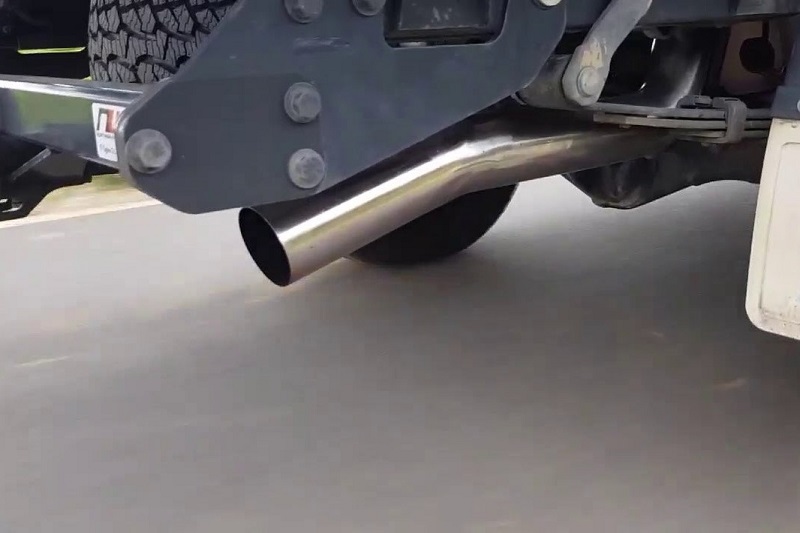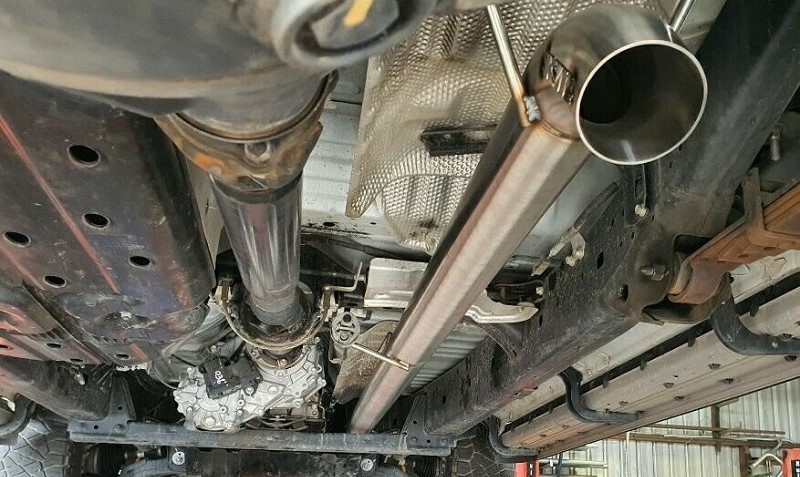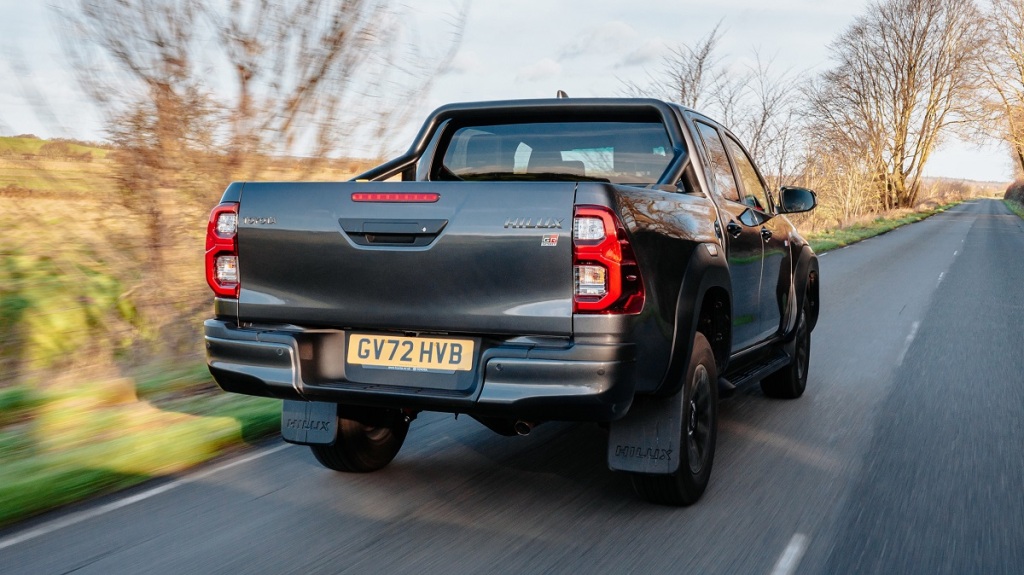Toyota was into making utes and trucks before one of their most popular ones was made back in 1968. The Hilux has enjoyed a legendary status since day one as it retained its heavy-duty nature throughout its generations all the way up to the 90s. While Newer Hilux’s are still quite rugged and powerful they are not as they used to be.
Still, this large 4×4 is able to conquer terrain of any sort without any issue you just have to be more careful with the newer models as they are not made of whatever Toyota was putting in their 4th and 5th generation Hilux. But one thing you should definitely look after on your Hilux is the exhaust.
What to Consider in a 4×4 Exhaust

Material
Being a vehicle with two differentials, there’s a lot more going on on the undercarriage which is why you should first consider the material a 4×4 exhaust is made of. A new Toyota Hilux exhaust upgrade should be made of a strong and durable material such as stainless or aluminised steel.
Stainless steel exhausts are definitely the stronger and more durable option than aluminised steel exhausts. The latter, is, however, much lighter and less expensive too. But when it comes to an off-roading vehicle, weight isn’t really an issue. You can also go for a titanium exhaust system but know that its lightweight yet strong design, corrosion resistance and temperature resistance come at a high price.
Thickness
The material itself matters but so does the thickness of said material. The thicker a Hilux exhaust for sale is the stronger and more durable it is. While this also adds more weight, it won’t bother your Hilux since it’s not made to set record-fast laps on a track. Thicker Hilux exhausts are also able to reduce drone as they reduce annoying vibrations.
Bends
What also affects the amount of drone you get with Hilux exhausts is the type of bends they come with. There are two types you can go for, crush and mandrel bends. Those with crush bends have small ribs right where the bends are which induce frequencies and restrict the flow of gasses. This is why you should go for mandrel bent Hilux exhausts, as they’re geared more towards performance and efficiency thanks to their smooth surface throughout the whole system.
Types of 4×4 Exhausts
Header-Back

With a header-back Toyota Hilux exhaust upgrade, you can replace every single component if it doesn’t have a turbocharged engine. But if you do you can go for a turbo-back upgrade that replaces the turbo too. Anyhow both these upgrades are able to deliver best-in-class performance gains and make your Hilux more efficient overall. Keep in mind you’ll also have to spend quite a bit of time and money on this comprehensive replacement.
Cat-Back
The more well-rounded and popular exhaust upgrade you could go for is a cat-back system. This type of Hilux exhaust for sale replaces components starting from the catalytic converter to the tailpipes. While it’s only one or two components away from being a header-back upgrade it’s not as expensive or as time-consuming to install. You will however not get as great of a performance improvement but it will still be a significant one.
Axle-Back
An axle-back system is the least expensive and the least performance-oriented one too as it only replaces parts that start from the rear axle to the exit pipes. You can expect a slight improvement in efficiency over the stock system with an axle-back upgrade.
Maintenance Tips
Inspect
Taking a look underneath your Hilux is one of the first steps you can take towards a more long-lasting exhaust. Make sure to check for rust and corrosion as well as for damage like cracks, loose parts and dents on the regular. This way you can prevent any major issues from developing as they don’t just happen overnight.
Clean

If needed, make sure to clean the exhaust both inside and out. The inside is done by driving it down the motorway for at least 10 minutes so that you take care of any carbon deposits, especially if your Hilux has a diesel engine. Cleaning the exterior is done with a mixture of warm water and soap or brake cleaner.
Leaks
While there’s no fluid in the exhaust it can leak air and you should do some preventative maintenance in the form of listening. Yes, listening for unusual sounds such as hissing, rattling and popping can indicate a damaged or loose component. Gaskets and seals should also be checked but this time visually as a leak is not always the result of a hole in the system.
Driving
Taking your Hilux for a drive on a regular basis can help keep the exhaust in good shape actually. You should avoid too many short trips especially if it’s a diesel Hilux as this can clog up the DPF a lot quicker. Using the right type of oil is also going to be a determining factor in the longevity of the exhaust.
